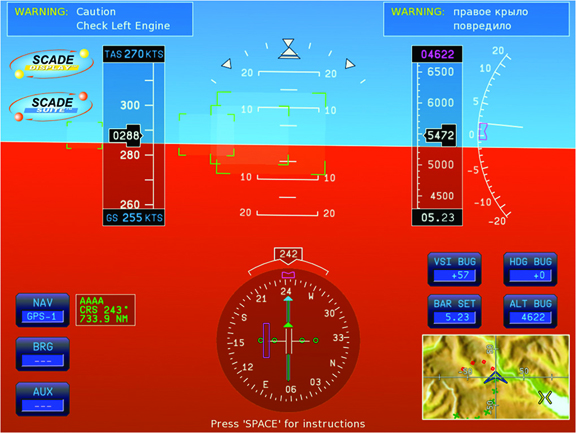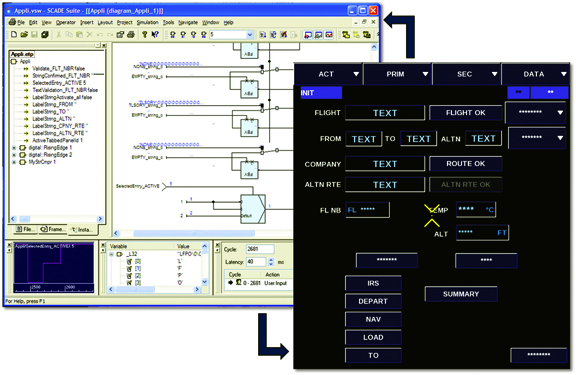Latest News
June 8, 2012
Last May, PTC acquired MKS, a company that specializes in software lifecycle management. Last week, ANSYS made a similar move with an announcement to acquire Esterel Technologies S. A., which develops software for embedded software simulation. The two purchases are more than six months apart, but both point to the same thing. Many of the functions once performed by mechanical components—knobs, dials, and gears—have been replaced with software-driven functions. Product Lifecycle Management (PLM) has found its companion. It’s called Application Lifecycle Management (ALM).
“Today’s products are getting smarter. They have more electronics and software and this requires a systems engineering approach to product development,” said Jim Cashman, president and CEO of ANSYS. “The combination of these two great companies will uniquely enable customers to comprehensively simulate complete systems and predict with confidence that their products will thrive in the real world.”
Cashman’s quote echoed the sentiment expressed by Jim Happelmann, president and CEO of PTC, issued at the time of the company’s acquisition of MKS. “Software engineering has become a fundamental backbone element in today’s product development process,” said Heppelmann. “As a result, companies are seeking a much more comprehensive management approach to their product lifecycle.”
“More and more of the intellectual property that goes into the products is in electronics and in the software that runs the electronics,” explained Josh Fredberg, VP or marketing, ANSYS. “When we talk to our customers ... we see [that they now have] more embedded software engineers in many of these accounts than mechanical engineers ...”
The appeal of software is easy to see. By replacing mechanical parts with electrical parts and software, manufacturers could produce smaller, lighter products (like the iconic iPhone, for example). Software is easier to produce than mechanical parts, which require tooling operations, volume production, and longer lead-time for planning.
As software becomes a critical component in manufacturers’ bills of materials, it also becomes an essential part of the simulation process. Companies like PTC and ANSYS have expertise in digital simulation of mechanical behaviors, but lacks the same experience in electronics and embedded software. Their acquisitions suggest their aspiration to consolidate PLM and ALM, to produce a framework for system-level simulation.
But this all-in-one approach—simulating mechanical, electrical, and software components simultaneously—is at the present still a Utopian vision. Mechanical simulation focuses on a product’s geometry and physical behavior; software simulation doesn’t not. Consolidating the two into a single environment proves challenging, to say the least.
According to Fredberg, many companies are forced to wait till a physical prototype is available (for example, a mockup of a new smartphone model) to test the software components. This delay deprives them of the opportunity to run software-driven refinements and capitalize on software-driven innovations.
“We’re pursuing what we call software in the loop,” said Fredberg. “You’d be able to simulate the hardware and the software together way early on in the design cycle.”
Esterel is known for its SCADE software family, widely used in aerospace, railway, and defense industries. Because the acquisition is still pending, ANSYS cannot speculate on post-acquisition plans on how SCADE will be distributed in the future or how it will be integrated into the ANSYS product line.
Subscribe to our FREE magazine, FREE email newsletters or both!
Latest News
About the Author
Kenneth Wong is Digital Engineering’s resident blogger and senior editor. Email him at [email protected] or share your thoughts on this article at digitaleng.news/facebook.
Follow DERelated Topics








